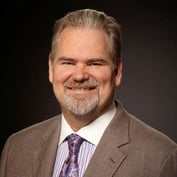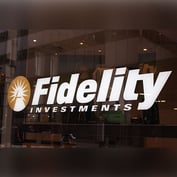Adding Alpha Via Emerging Markets
July 28, 2003 — Global fixed-income mutual funds have been the belle of the ball for the past three years — and one of the most attractive offerings in this long-overlooked sector has been the $567.2-million Oppenheimer International Bond Fund (OIBAX). For the three-years ended June 30, this portfolio gained 12.46%, on average, making it the fifth best global bond fund for that period. For the five-year period, the fund gained 9.13%, the third-best results for a foreign bond fund.
Ruggero de Rossi, who took over management of the fund in March 2000, invests in bonds issued by more than 60 foreign governments of developed and emerging markets. “We look for value by using our in-house team of nine analysts to rigorously evaluate such parameters as a country’s interest rate environment, the strength of the local currency and the health of sovereign credit,” he said. “Based on our research, we derive a credit score for each country from which we determine the probability of default. To minimize volatility we like to have our investments in a broad number of countries.”
As of June 30, the fund had 32.1% of its assets invested in Western Europe, 25.0% in Latin America, 16.9% in Eastern Europe and Russia, 9.7% in Asia (excluding Japan), 6.8% in Japan, and 5.8% in U.S./Canada.
Also, as of June 30, the fund boasted an average credit quality of A-, an average duration of 3.3 years and an average maturity of 5.2 years.
As a value investor, De Rossi searches for underpriced markets with great upside potential, and currency fluctuations play a large role in his research. For example, De Rossi believes the euro may have “run its course” after a two-year rise against the U.S. dollar — consequently, he has recently scaled back his exposure to euro zone countries and added to his positions in Asia and Latin America. “We have been riding the wave of the euro all year, and recently we trimmed our exposure in Western Europe,” he said. “As long as the American economy remains sluggish, Europe will clearly not drive the world’s growth engine. Alternatively, we are seeing some growth in Asia, especially China, despite the SARS scare.”
De Rossi is maintaining a somewhat cautious stance on European debt markets. “Unlike the U.S., growth remains sluggish and therefore interest rates are likely to remain low for longer,” he noted. “Nevertheless, consumer prices remain high because of a drought-related supply shock and structural labor market constraints. Hence, European debt is unlikely to exhibit strong returns in local currency.”
Among other major developed markets, De Rossi is adding to his Japanese exposure — “Japan is a macro call,” he said. “The Nikkei has enjoyed a big rebound, the banking system there is improving and reforming, and more capital is moving to Japan from Europe and the U.S. Inflation is close to 0%, the savings rate is also coming down, which might mean that Japanese consumer spending is rising. Moreover, the Bank of Japan’s quarterly Tankan survey of corporate sentiment showed an unexpected surge.”








 August 04, 2003 at 08:00 PM
August 04, 2003 at 08:00 PM










